Starting a new sport can be challenging. Moreover, if you don't have the right equipment. In today's article, we will tackle the topic of optimal ski length for beginners.
What are short skis called?
Short skis are called a number of names: skiboards, snowblades, skiblades, little skis, mini skis, Snowfeet...
Short skis are typically no longer than 120 cm. Sometimes, they are wrongly considered solely beginners' skis but their potential is much bigger than that.
Are short skis easier?
Absolutely!
Should beginner skis be longer or shorter?
Are short skis better for beginners?
As a beginner, you should focus on choosing skis that are light and allow decent freedom of movement but at the same time provide enough support. Here’s why short skis are a great option to help you check all the boxes above:
1. Easier Control and Maneuverability
Shorter skis are lighter and easier to handle, making them more maneuverable than longer skis. For beginners, this ease of handling is crucial as it allows for quicker and more precise turns. This responsiveness helps new skiers feel more in control, which is important for building confidence.
2. Better Balance
Shorter skis facilitate better balance. They make it easier for skiers to maintain their center of gravity, which is essential when learning basic skiing techniques. The increased stability helps reduce falls and injuries, making the learning process safer and more enjoyable.
3. Less Physical Effort
Since shorter skis are lighter, they require less physical effort to move and steer. This is particularly beneficial for beginners who may not yet have developed the muscle strength and endurance needed for longer, more demanding skis. Reduced fatigue means more time can be spent practicing and enjoying the slopes.
4. Easier to Learn Turning Techniques
Turning is the number one skill in skiing, and shorter skis simplify the learning process. Their design allows for shorter, sharper turns, which can be easier to execute than the long, sweeping turns required with longer skis. This makes it easier for beginners to learn and apply basic turning techniques effectively.
5. Versatility in Various Conditions
While longer skis are often preferred for specific types of skiing, such as racing or deep powder skiing, shorter skis are more versatile across different types of terrain and conditions. This versatility makes them ideal for beginners who are learning and may be skiing in a variety of conditions and slopes.
One of the categories of short skis that are just made to be your first (and only) skis, are definitely skiboards.
Why choose skiboards as the first skis?
1. Skiboards are short enough to allow you unlimited movement.2. Skiboards have a wide base which will help you to keep your balance easily.
3. Skiboards have got fast learning curve - you master them in a day.
4. They are very light, allowing the turning and stopping to be much easier than with long skis.
What length skis are best for beginners?
Short skis from 65 to 120 cm are the best for beginners.
The shorter skiboards (usually around 65 cm) are great for children since the size is more compatible with their height. They provide less stability than long skiboards but they allow more freedom of movement and allow you to combine skiing and skating on snow, possibly trying some tricks. If you are a ski instructor, or a parent teaching skiing, you will appreciate the 65 cm length, too.
Longer skiboards (ranging from 90 to 120 cm) are more suitable for learners: they help to keep balance and are perfect for carving. If you are likely to go skiing in powder, these will be your go-to skis.
Will shorter skis go slower?
No, actually short skis can go as fast as long skis.
Or at least, you will not be able to tell on your regular slope. Short skis are more agile and easier to turn, which makes them feel even faster than long skis. However, should you one day attend the Olympics and race, the longer skis would be probably faster.
How to control your speed as a beginner?
If you are a beginner and you wish to go slower with your skis, point the tips of your skis towards each other and push on the edges of the skiblades. This method is a little bit strenuous but it will help you to control your speed.
Once you feel like trying a faster ride, straighten your skiboards to go faster. This is where the fun begins.
Do you use poles with snowblades?
Snowblades are great both with and without poles. Even though it is not necessary to use poles when skiing on snowblades, many people opt to bring them to the slope is poles give the feeling of a better stability and provide an extra support. When you transfer from long to shorter skis, we recommend using poles at least for a couple of first rides to have some extra support.
When you are a beginner, poles are a great equipment, at least for a couple of first rides: you will get more support, they will help you maintain your balance + you will generally feel safer.
Conclusion
Our final recommendation for the first skiing attempts would be the combination of mild slope, skiboards, and poles. Even though everyone enjoys different styles and techniques, we have tested this one for you and it works like a charm!
Are you a pro or a beginner? Have you tried skiboards? Let us know in the comments.
Something shorter for more fun

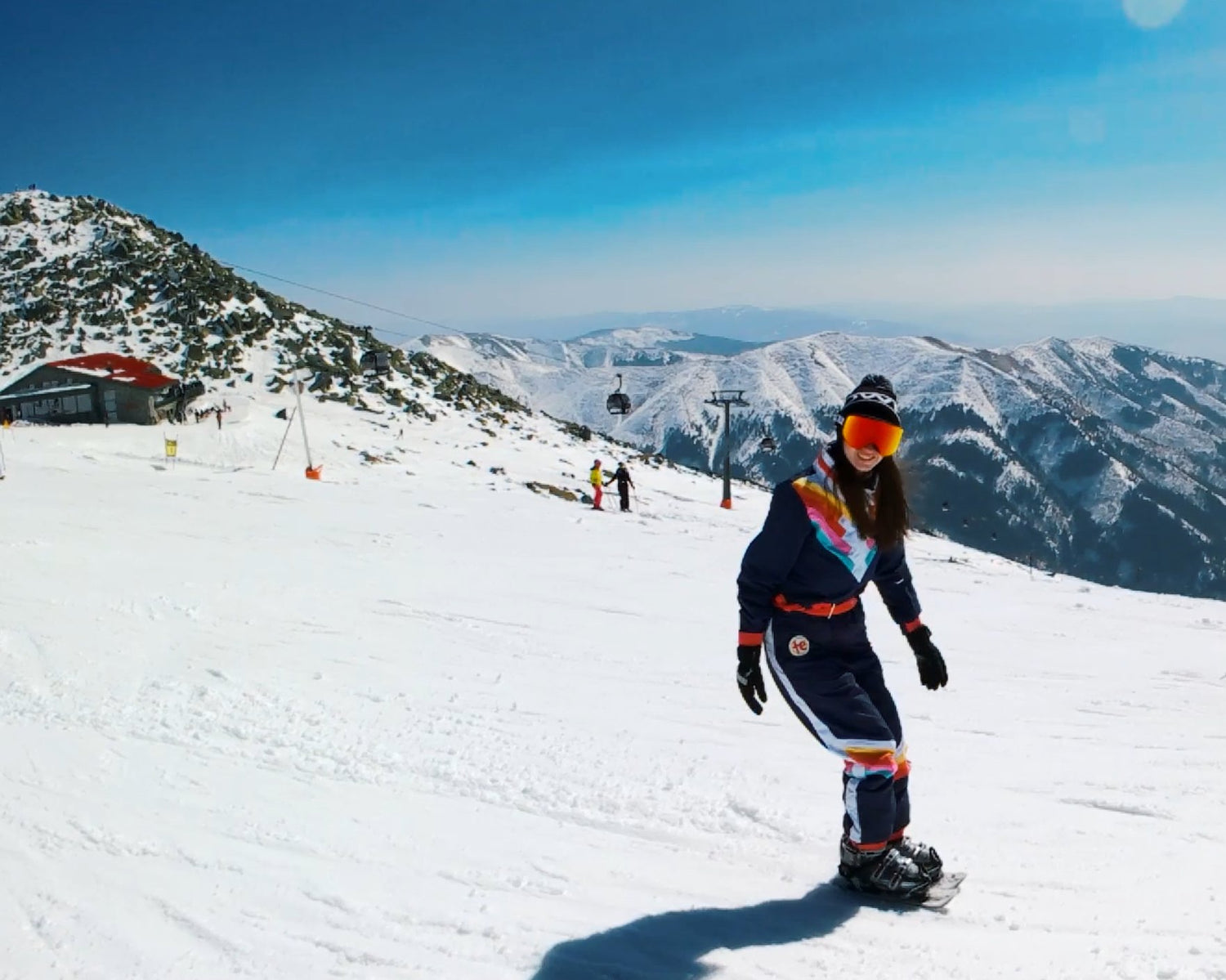



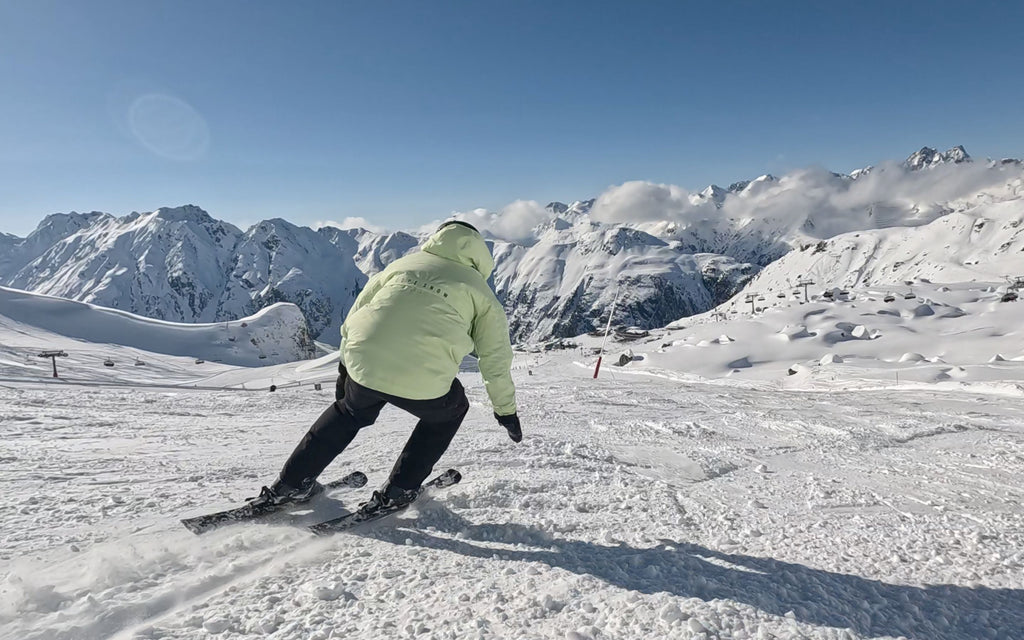









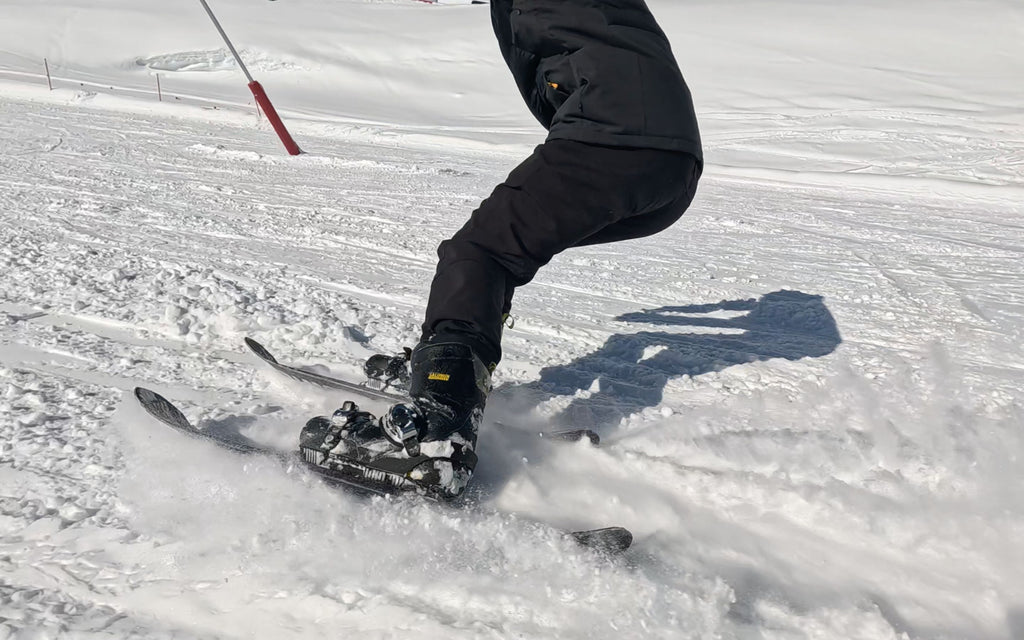









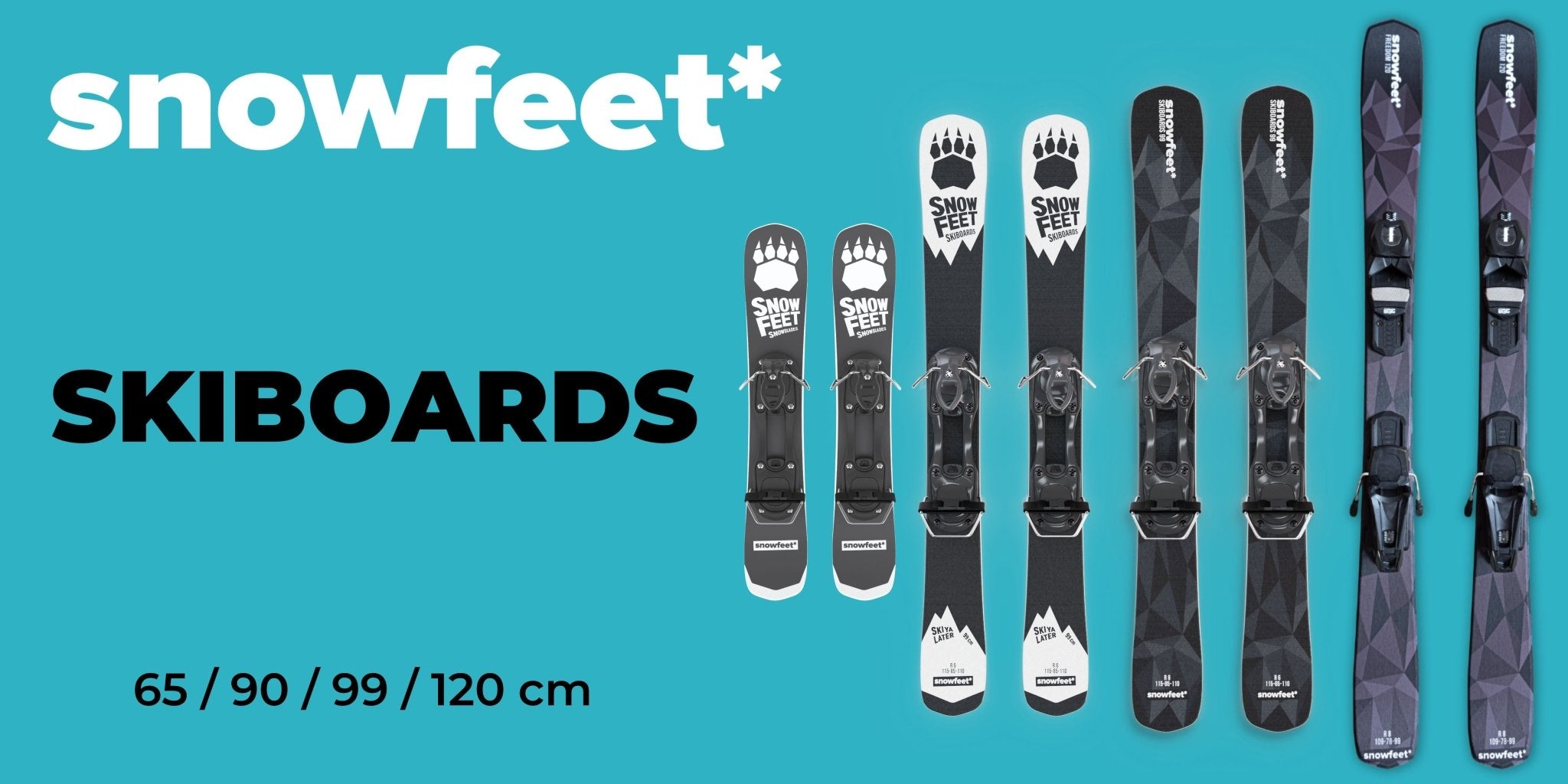

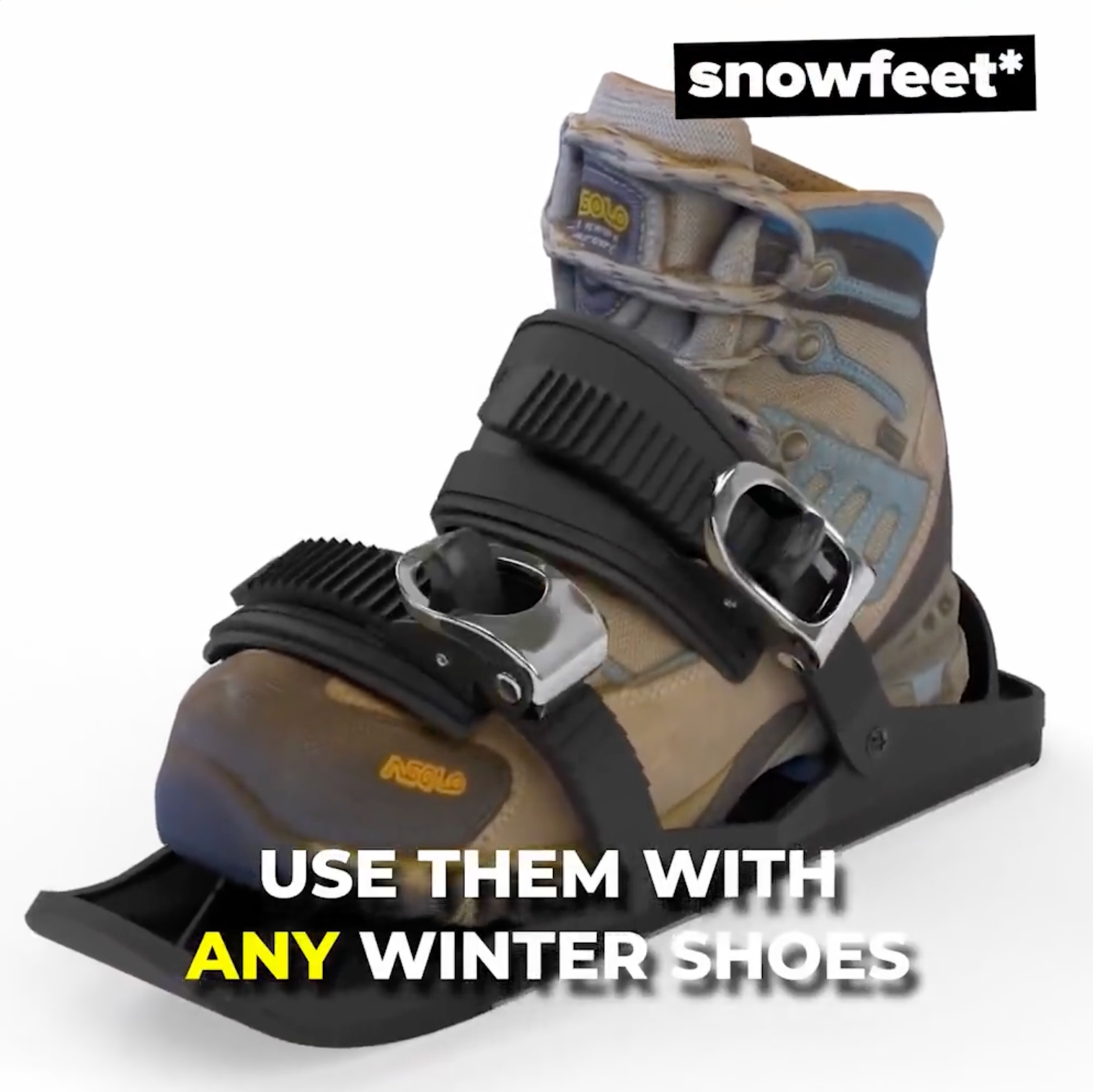












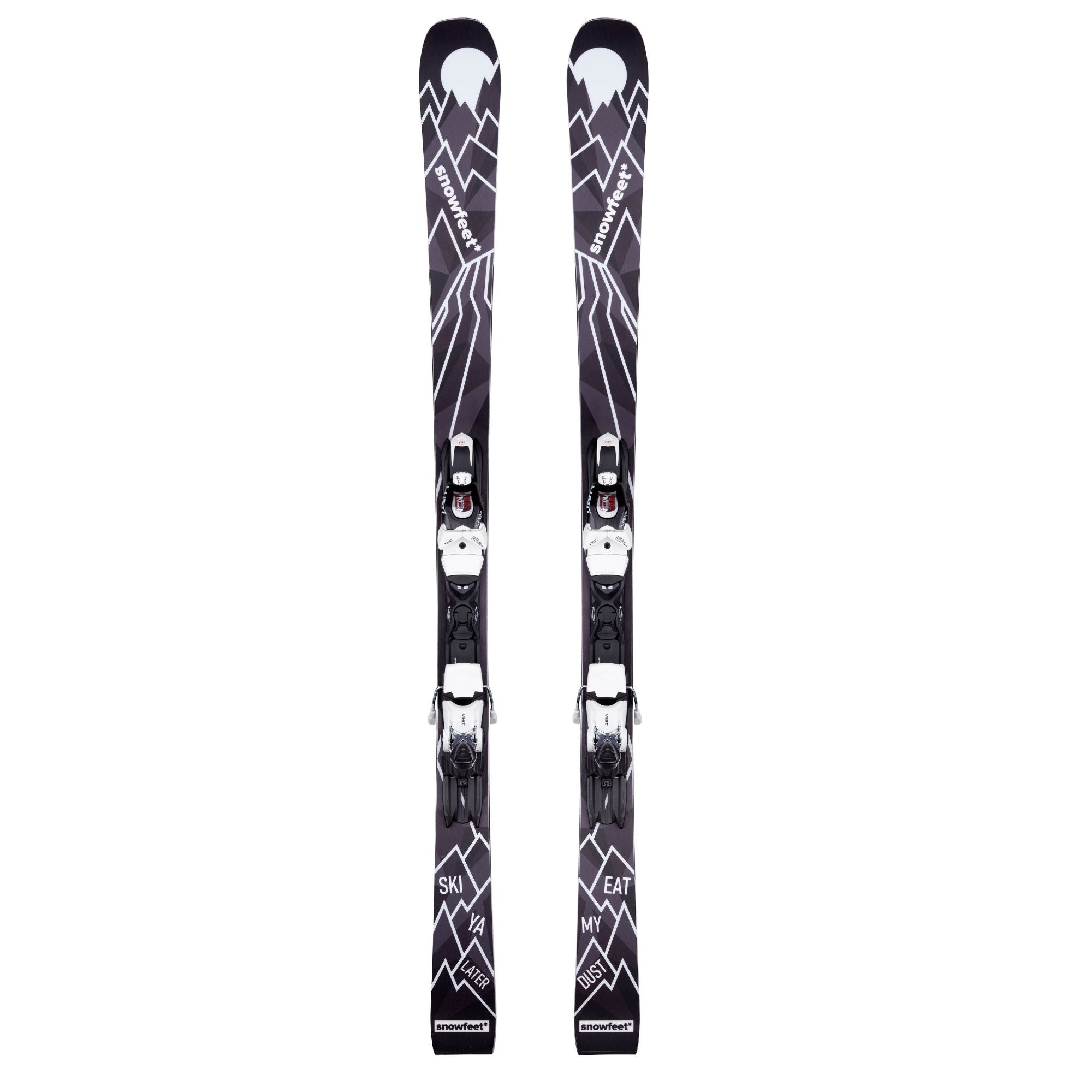


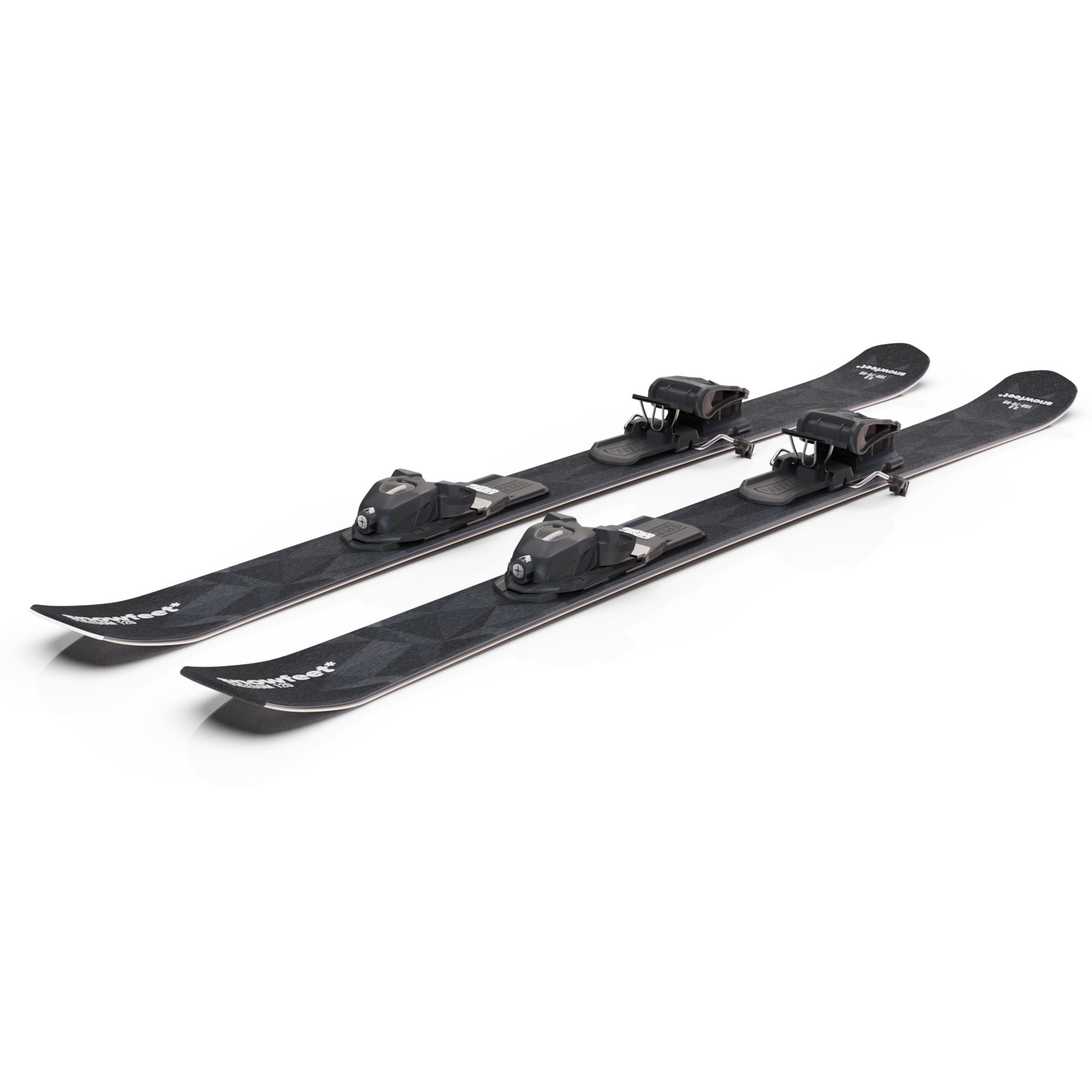

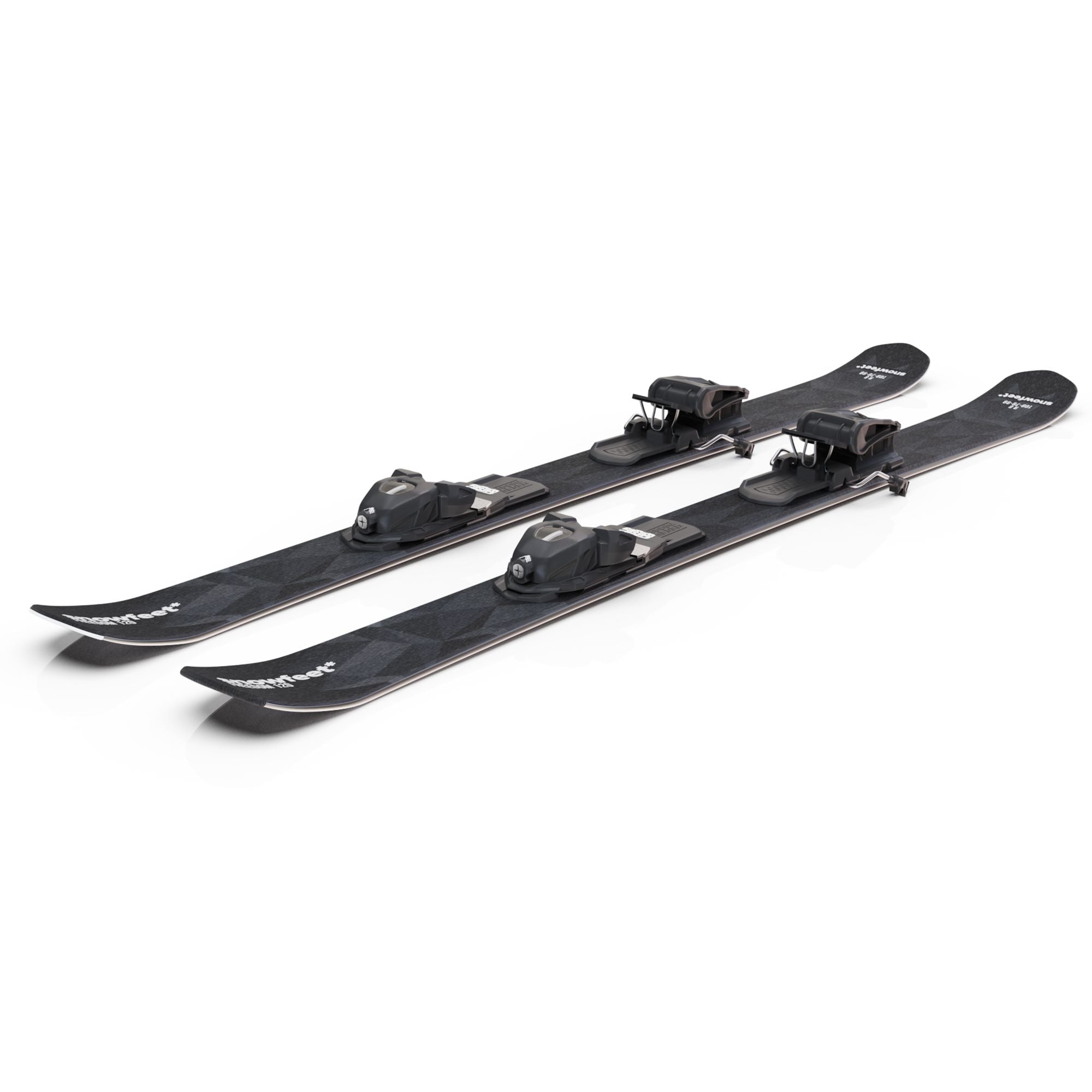


2 コメント
groorceaf
cialis otc ROUTE ONSET PEAK DURATION PO 30 60 min 1 2 hr 6 8 hr IM 10 30 min unknown 4 8 hr IV 5 min 30 min 2 hr
Frank Robinson
Thank you the information was very helpful.
コメントを書く
このサイトはreCAPTCHAによって保護されており、Googleプライバシーポリシーおよび利用規約が適用されます。